WHO launches digital health platform agreed upon in India’s G20 presidency
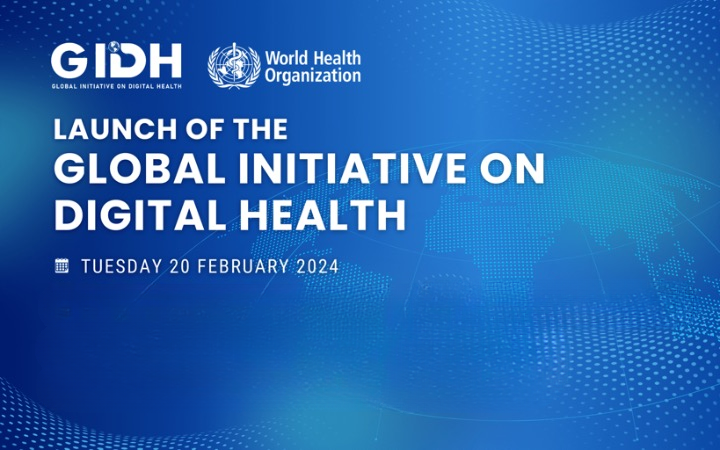
- 21 Feb 2024
Why is it in the News?
Achieving one of the three priority areas agreed upon during India’s G20 presidency in 2023, the World Health Organization (WHO) recently launched the Global Initiative on Digital Health (GIDH) virtually, a platform for sharing knowledge and digital products among countries.
About Global Initiative on Digital Health (GIDH):
- The Global Initiative on Digital Health (GIDH) is a network managed by the World Health Organization (WHO), dedicated to enhancing and coordinating efforts for country-led digital health transformation through collaborative partnerships and knowledge sharing.
- It was launched by the WHO and the Government of India during the G20 Health Ministerial Meeting in Gandhinagar.
- Functioning as a platform for inter-country knowledge exchange and digital product dissemination, GIDH strives to achieve several key objectives through collective action:
- Assess and prioritise countries' requirements for sustainable digital health transformation.
- Enhance the alignment of digital health resources and address unfunded priorities at the country level.
- Facilitate the accelerated attainment of the strategic objectives outlined in the Global Strategy on Digital Health 2020-2025.
- Promote capacity building and synergize efforts to support local development, maintenance, and adaptation of digital health technologies to evolving needs.
- Comprising four primary components, GIDH operates as a network of networks:
- Country Needs Tracker: Tracks and prioritises country-specific digital health requirements.
- Country Resource Portal: Provides a comprehensive map of available digital health resources within each country.
- Transformation Toolbox: Shares quality-assured digital tools to support country-led digital health initiatives.
- Knowledge Exchange: Facilitates the exchange of insights and best practices among member countries.
- GIDH extends support to countries in three fundamental ways:
- By attentively addressing their needs
- By fostering resource alignment to prevent fragmentation, and
- By offering access to quality-assured digital products.
- Membership in GIDH is open to all institutions actively involved in the digital health domain.
What is Digital Health?
- Digital health denotes the utilisation of technology, encompassing mobile devices, software applications, and various digital tools, to enhance health outcomes and streamline healthcare delivery.
- Essentially, it represents an interdisciplinary field at the intersection of technology and healthcare, integrating a diverse array of concepts and innovations.
- This encompasses a broad spectrum of technologies and services, spanning telemedicine, electronic health records, wearable devices, health information exchange, and more.
- Examples of notable digital health initiatives include India’s CoWIN platform and UNICEF's RapidPro and FamilyConnect programs.
- RapidPro, UNICEF’s real-time information platform, serves as a foundational component in its digital health portfolio.
- FamilyConnect, another UNICEF initiative, delivers targeted, lifecycle-based messages via SMS to various recipients, including pregnant women, new mothers, and heads of households.
India Initiatives on Digital Health:
- National Digital Health Mission (NDHM): Designed to establish a comprehensive national digital health ecosystem featuring unique health IDs, electronic health records (EHRs), and a platform for health data exchange.
- Ayushman Bharat Digital Mission (ABDM): Aims to develop a digital infrastructure for the Ayushman Bharat Health Infrastructure Mission (ABHIM), incorporating health registries, electronic claim processing, and telemedicine services.
- E-Sanjeevani Telemedicine Platform: Enables virtual consultations between healthcare providers and patients nationwide, enhancing access to medical care.
- Jan Arogya Setu App and CoWIN Platform: Offers access to healthcare services, facilitates appointment scheduling, and disseminates COVID-19-related information.
- Digital Aarogya Mitra (DAM): Implements a community health worker program utilising technology for data collection and community-based health interventions.
Malta becomes the 119th member of the International Solar Alliance
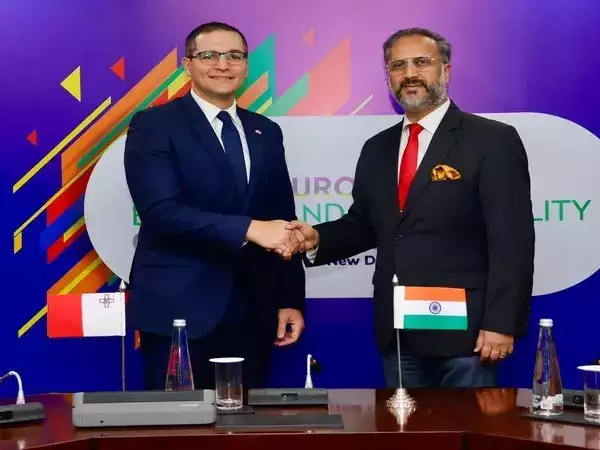
- 21 Feb 2024
Why is it in the News?
Malta became the 119th country to join the International Solar Alliance recently.
About the International Solar Alliance (ISA):
- The International Solar Alliance (ISA) is an alliance of more than 120 signatory countries that aims to reduce the dependence on non-renewable sources of energy like fossil fuels.
- Currently, 118 countries are signatories to the ISA Framework Agreement.
- The ISA is an action-oriented, member-driven, collaborative platform for increased deployment of solar energy technologies as a means for bringing energy access, ensuring energy security, and driving energy transition in its member countries.
- The platform strives to develop and deploy cost-effective and transformational energy solutions powered by the sun to help member countries develop low-carbon growth trajectories, with a particular focus on delivering impact in countries categorised as Least Developed Countries (LDCs) and the Small Island Developing States (SIDS).
- The ISA was conceived as a joint effort by India and France to mobilise efforts against climate change through the deployment of solar energy solutions.
- It was conceptualised on the sidelines of the 21st Conference of Parties (COP21) to the United Nations Framework Convention on Climate Change (UNFCCC) held in Paris in 2015.
Role of India:
- As a founding member, India holds a pivotal position within the alliance, serving both as a host nation and a major contributor to achieving its objectives.
- The ISA marks a historic milestone as the first international organisation to establish its secretariat in India.
- With a target of generating 100 GW of solar energy by 2022, India's commitment represents a significant portion of the ISA's overall goal.
Recent Developments:
- The ISA was granted Observer Status by the UN General Assembly, fostering closer collaboration between the alliance and the United Nations to advance global energy growth and development.
- The approval of the 'Solar Facility' by the ISA introduces a payment guarantee mechanism aimed at incentivizing investments in solar projects, further driving progress towards sustainable energy initiatives.
India contributes $1 million to fund combating poverty and hunger
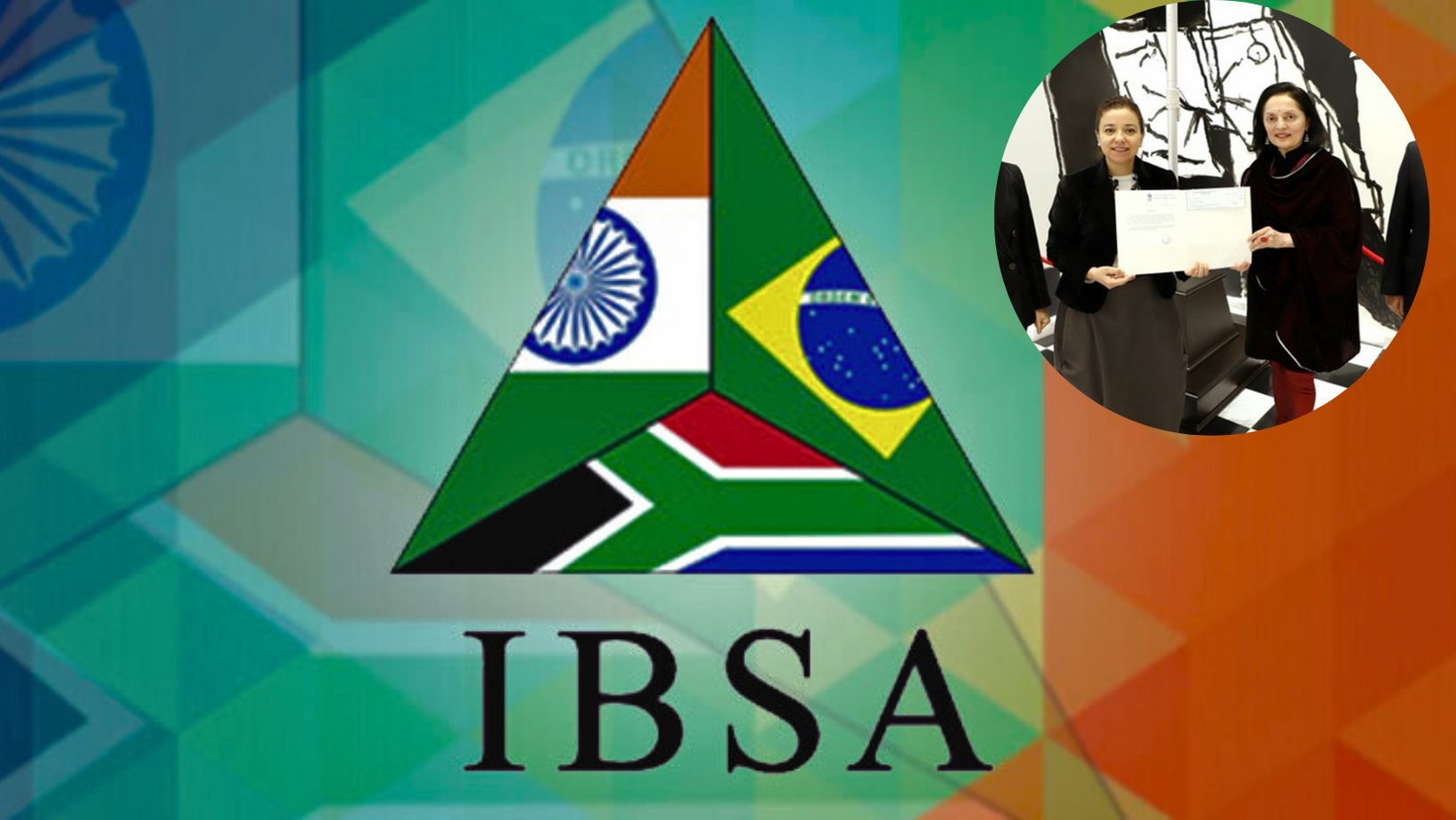
- 21 Feb 2024
Why is it in the News?
Recently, India has contributed 1 million US Dollars to the Poverty and Hunger Alleviation Fund established by India, Brazil, and South Africa, IBSA.
What is the IBSA Fund?
- Established in 2004 and operational since 2006, the IBSA Fund embodies the collaborative efforts of India, Brazil, and South Africa.
- Contributing one million dollars annually each, the IBSA countries unite in a spirit of partnership to champion Southern-led, demand-driven projects in developing nations.
- With a focus on identifying replicable and scalable initiatives, the fund aims to address pressing development challenges in recipient countries.
- Supported projects align with partner countries' national priorities and international development agendas, including the Sustainable Development Goals (SDGs).
- The fund's objectives encompass diverse areas such as promoting food security, combating HIV/AIDS, and expanding access to safe drinking water, among others, to advance sustainable development.
- To date, the IBSA Fund has allocated USD 50.6 million, funding 45 projects across 37 countries in the Global South.
- The United Nations Office for South-South Cooperation (UNOSSC) fulfils the roles of Fund Manager and Secretariat for the IBSA Fund.
What is IBSA?
- IBSA stands for the India, Brazil, and South Africa Dialogue Forum, a unique platform that unites three major democracies and significant economies from diverse continents, collectively addressing common challenges.
- Formally established as the IBSA Dialogue Forum during a historic meeting of the Foreign Ministers from India, Brazil, and South Africa in Brasilia on June 6, 2003, the forum's inception was marked by the issuance of the Brasilia Declaration.
- To date, five IBSA Leadership Summits have been convened, with the 5th Summit held in Pretoria on October 18, 2011.
- In 2021, India held the chairmanship of IBSA under the theme "Democracy for Demography and Development."
- On March 2, 2023, Brazil assumed the rotating presidency of the India, Brazil, South Africa Dialogue Forum (IBSA), further advancing the forum's collaborative agenda.
Global leaders converge in Delhi for Raisina Dialogue 2024
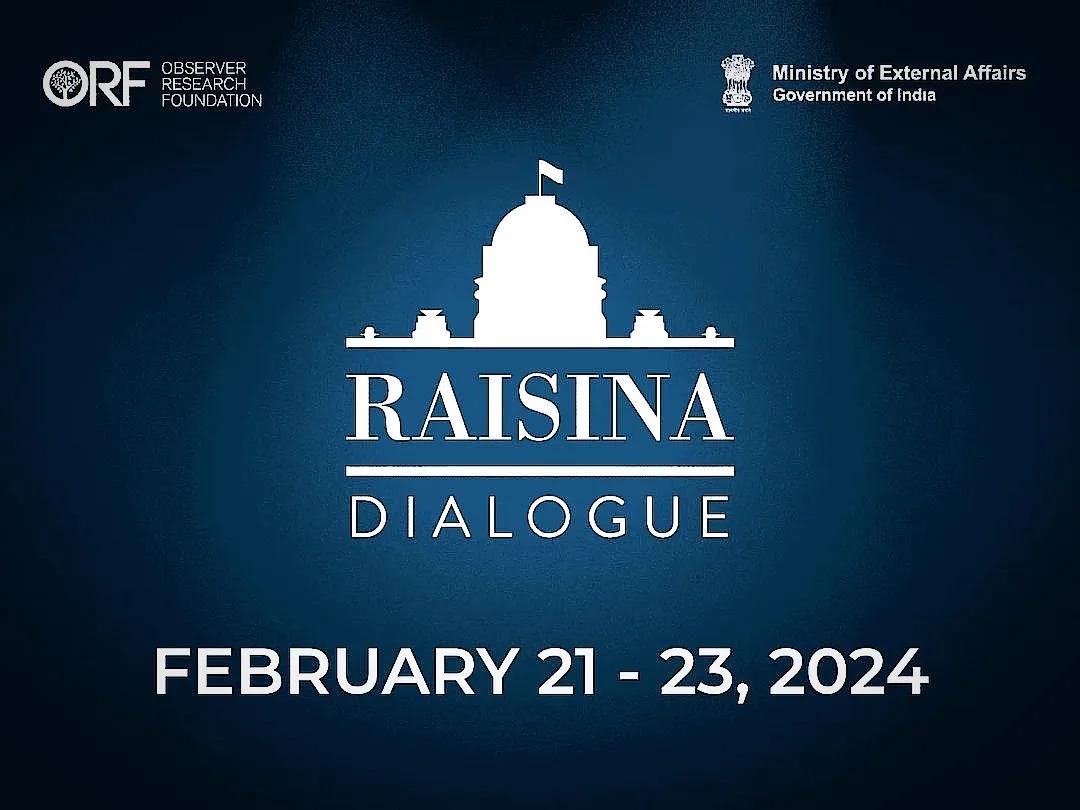
- 21 Feb 2024
Why is it in the News?
The ninth edition of the Raisina Dialogue will be held from today till Friday (February 23) in New Delhi.
What is the Raisina Dialogue?
- The Raisina Dialogue is India’s premier conference on geopolitics and geoeconomics committed to addressing the most challenging issues facing the global community.
- Every year, leaders in politics, business, media, and civil society converge in New Delhi to discuss the state of the world and explore opportunities for cooperation on a wide range of contemporary matters.
- The Dialogue is structured as a multi-stakeholder, cross-sectoral discussion, involving heads of state, cabinet ministers and local government officials, who are joined by thought leaders from the private sector, media and academia.
- The conference is hosted by the Observer Research Foundation in partnership with the Ministry of External Affairs, Government of India.
- This effort is supported by a number of institutions, organisations and individuals, who are committed to the mission of the conference.
- The theme of the 2024 edition is “Chaturanga: Conflict, Contest, Cooperate, Create”.
- During the three-day conference, the participants will engage with each other over six “thematic pillars”. These include:
- Tech Frontiers: Regulations & Realities
- Peace with the Planet: Invest & Innovate
- War & Peace: Armouries & Asymmetries
- Decolonising Multilateralism: Institutions & Inclusion
- The Post 2030 Agenda: People & Progress; and
- Defending Democracy: Society & Sovereignty.
After 30 years, Buddha relics travel to Thailand
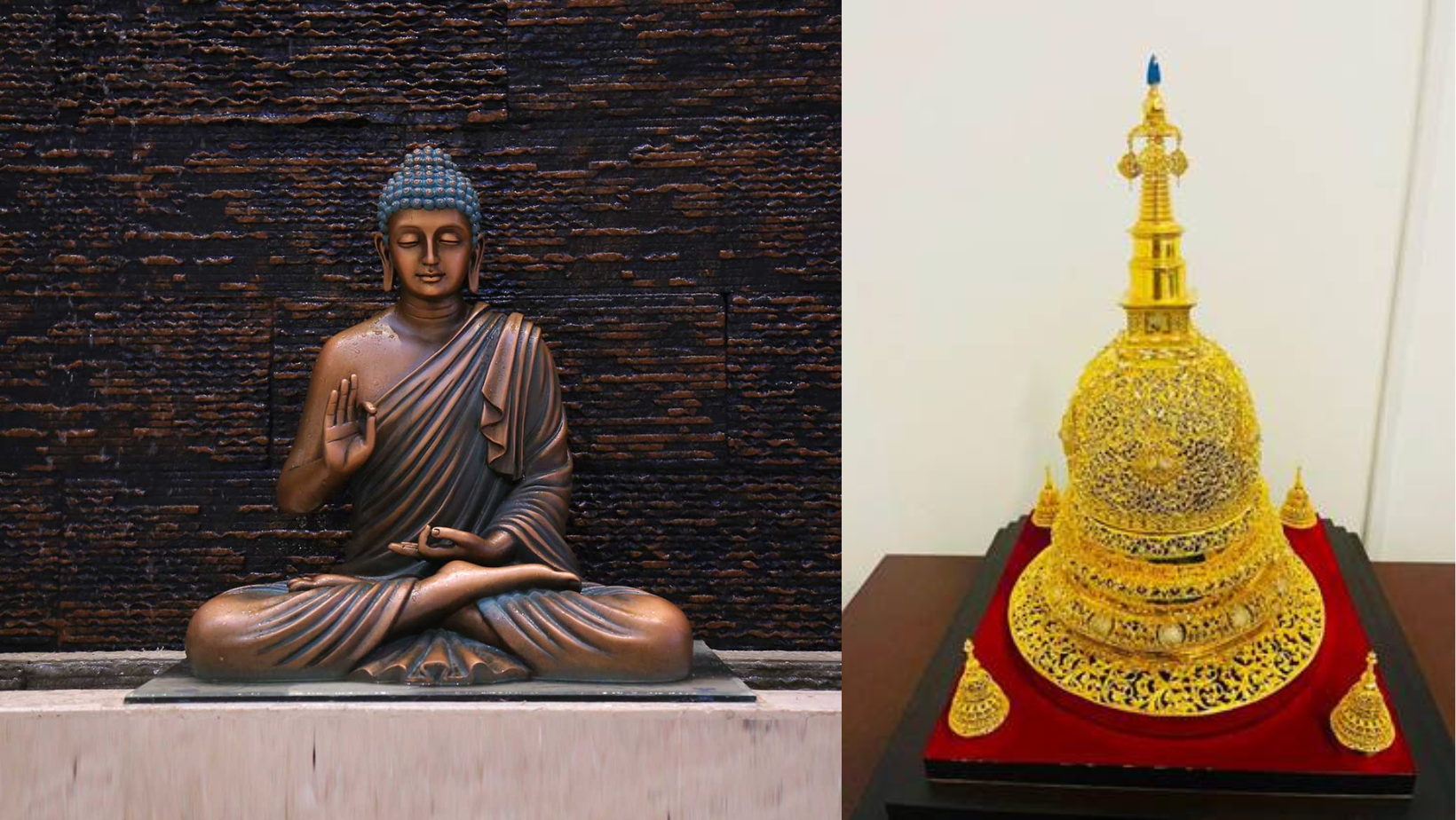
- 21 Feb 2024
Why is it in the News?
Four of the 20 relics of Lord Buddha preserved at the National Museum are being taken to Thailand for a month-long exposition beginning recently, in a rare trip abroad for the delicate antiquities recovered more than a century ago.
About the Relics of Lord Buddha:
- The relics of Lord Buddha and his disciples Arahata Sariputra and Arahata Maudgalayana are known as the ‘Kapilvastu Relics.’
- The relics date back to around the 4th or 5th Century BC.
- They were found in Bihar’s Piprahwa — a site that is believed to be the ancient city of Kapilvastu.
- Piprahwa today is located in Uttar Pradesh’s Siddharthnagar district.
- The relics were discovered by a team of Archaeological Survey of India (ASI) officials in the 1970s.
- The ASI conducted excavations at Piprahwa from 1971-77 under the supervision of the archaeology director KM Srivastava.
History:
- Lord Buddha achieved Mahaparinirvana at the age of 80 in Kushinagar.
- The Mallas of Kushinagara cremated his body with ceremonies befitting a ‘Universal King’ (‘cakravartin’).
- His holy relics, from the funeral pyre, were collected, divided and given by Brahmin priest Dhona of Kushinagar to kings and priests.
- The eight shares were distributed among Ajatashatru of Magadha, the Licchavis of Vaishali, the Sakyas of Kapilavastu, Mallas of Kushinagar, Bullies of Allakappa, the Mallas of Pava, the Koliyas of Ramagrama and a Brahmana of Vethadipa.
- The sacred relics were commemorated in eight different stupas.
- Two more stupas came into existence, one over the urn in which the relics had been collected and one over the embers.
- Thus, stupas erected over the bodily relics of Buddha (Saririka-stupas) are the earliest surviving Buddhist shrines.
- It is stated that Ashoka (circa 272-232 BC), being an ardent follower of Buddhism, opened up seven of these eight stupas, and collected a major portion of the relics for enshrinement within innumerable stupas built by him to popularise Buddhism and spread dharma.
- In 1898, the discovery of an inscribed casket by William Claxton Peppé, a British colonial engineer and an estate manager at a Buddhist stupa site at Piprahwa, was an epoch-making incident.
- The inscription on the lid referred to the relics of Buddha and his community.
- The bone relics present in the stone coffer were presented to King Rama V of Thailand.
- The relics were further divided into three shares and gifted to Thailand, Myanmar and Sri Lanka.
- In Thailand, the holy relic has been enshrined in a chedi on the top of Suwanbanphot, Bangkok.
- Every year, during the Loi Krathong Festival, there is a seven-day and seven-night celebration, which has become a tradition to worship the Buddha’s relics.
